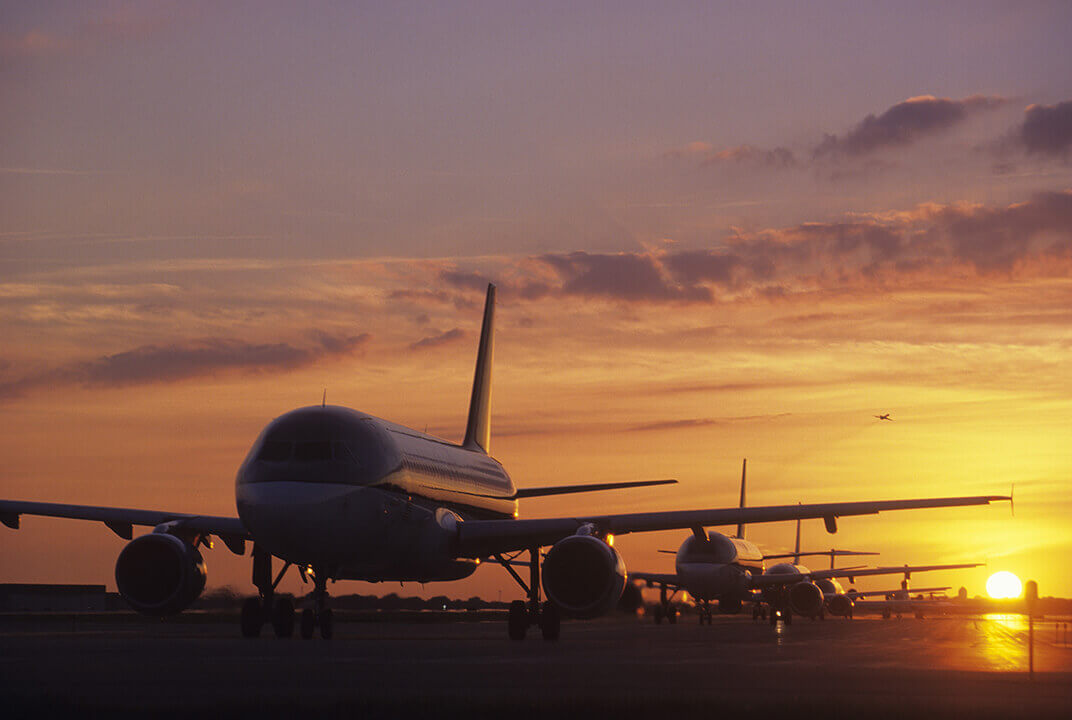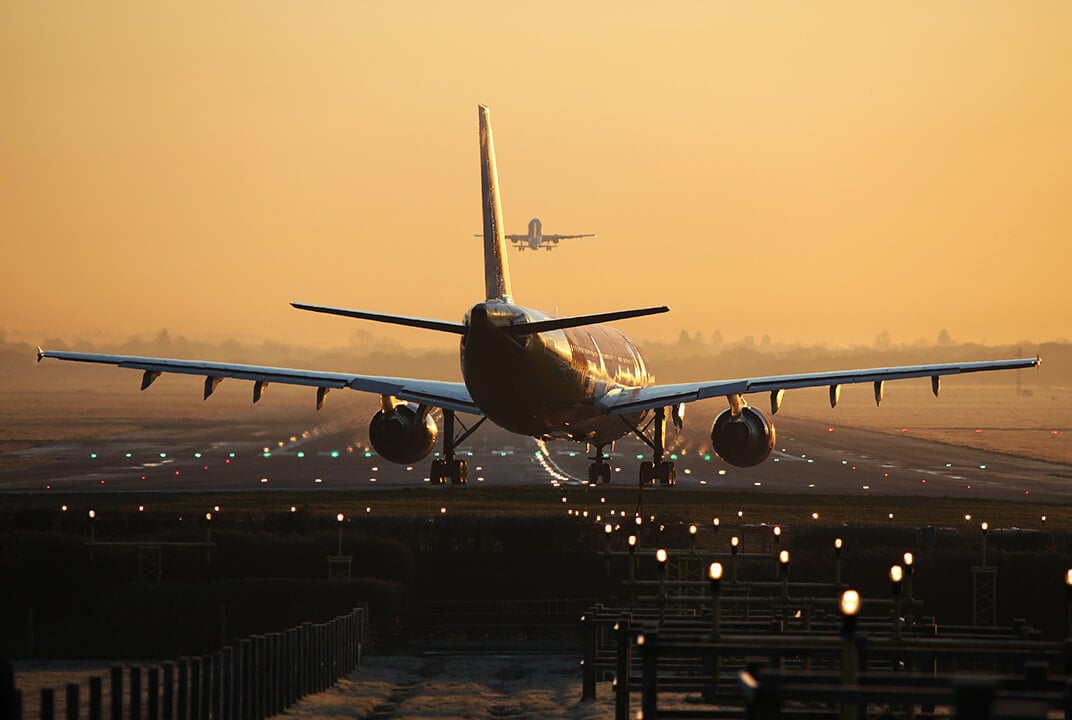Insight | US Government report endorses Inmarsat-powered ADS-C technology
US Government report endorses Inmarsat-powered ADS-C technology
null
A new report reveals that the Federal Aviation Administration (FAA) will use ADS-C technology to reduce minimum separation standards in U.S. oceanic airspace by 2022.
Inmarsat has hailed the publication of a United States Government and Accountability Office (GAO) report as testament to the company’s continuous innovation and ability to deliver value to its customers.
The comprehensive report, FAA's Analysis of Costs and Benefits Drove Its Plans to Improve Surveillance in U.S. Oceanic Airspace, confirmed that the Federal Aviation Administration (FAA) has committed to use enhanced Automatic Dependent Surveillance-Contract (ADS-C) technology, which is powered by Inmarsat’s SB-S and Classic Aero services, to achieve reduced distances between aircraft in U.S. Oceanic Airspace by 2022.
The decision by the FAA, which regulates the largest aviation market in the world, was driven by an extensive and wide-ranging analysis of the cost and benefits of both enhanced ADS-C and space-based ADS-B (Automatic Dependent Surveillance-Broadcast) technologies. The GAO talked to many stakeholders, including airlines, ANSPs and air traffic controllers in the U.S. and globally to assess their concerns.
Related service
"ADS-C benefits outweigh costs 2 to 1; space-based ADS-B costs outweigh benefits 6 to 1"
The report declared that the “FAA decided to proceed with enhanced ADS-C in the near term because the efficiency benefits to airspace users exceeded the costs of more frequent location reporting and air traffic control system upgrades by two to one. In contrast, FAA determined that the costs of using space-based ADS-B in U.S. oceanic airspace outweigh the efficiency benefits by six to one.” The report found that space-based ADS-B is not suitable for surveillance use in U.S. oceanic regions due to its limited capability and high cost.
Significant concerns were outlined with the safety and operational challenges presented by the use of space-based ADS-B, and how it could be applied in U.S. oceanic regions. The report stated that space-based ADS-B will not be implemented until these issues are resolved.
Joseph Teixeira, Inmarsat’s Vice President for Aviation Safety and Cybersecurity, described the report as “very significant”. He noted that for the first time there is confirmation that ADS-C technology is essential for safe flight and operations over the ocean and, importantly, it is required for any future implementation of space-based ADS-B. The report also confirmed that ADS-C is the technology of choice for safe and efficient flight.
"ADS-C remains the most advanced and indispensable technology needed for Air Traffic Control"
“This report clearly outlines the requirements for safety operations,” Teixeira said. “And it specifically confirms that ADS-C remains the most advanced and indispensable technology needed for Air Traffic Control (ATC) communications in the oceans. It confirms that Inmarsat is the leading provider of all the required capabilities for safe separation of aircraft in flight over the oceans. We are pleased and proud that this report validates our services and the capabilities they provide today and into the future.”
ADS-C is a contract between the aircraft and Air Traffic Control for regular position reporting. It is a two-way methodology agreed by the International Civil Aviation Organization (ICAO) and ATC to transmit position reports of the aircraft on a specified frequency, typically between 10 and 14 minutes today, moving to 3.2 minutes in 2020. It provides much more comprehensive information than space-based ADS-B and is part of a group of capabilities that include communications, navigation and surveillance, which are all required for the safety of flight.
In addition to ADS-C, aircraft are equipped with communications services, like Inmarsat’s Classic Aero and SB-S that provide controller-to-pilot datalink services and voice communications. In contrast, space-based ADS-B is a one-way broadcast of only the position of the airplane.
“Aircraft need the all-important communications capability and space-based ADS-B does not provide this,” he said. “Additionally, you need a reliable and certified position reporting system. The GAO report clearly outlines that the FAA has considerable operational concerns with the ICAO model that was used to develop separation standards for space-based ADS-B.”
As such, the GAO report ratified that ADS-C technology would continue to be required on all flights over the ocean for the foreseeable future. Subsequently, any airline decisions concerning equipage would not need to be changed. However, in other parts of the world, aircraft will be required to pay additional fees to the air traffic organisation to use airspace designated as space-based ADS-B.
“Simply put,” Teixeira added, “the report indicates that this technology (space-based ADS-B) is not needed, because ADS-C technology, as provided by Inmarsat, offers all the services required for reduced separation standards. In contrast, space-based ADS-B cannot be used to separate aircraft without additional services, such as those provided by Inmarsat.”
A clear choice for communication
In identifying the critical importance of the next set of standards for increased efficiency of ATC in oceanic airspace, the report stated that the FAA was concerned with the safety and operational challenges presented by the use of space-based ADS-B, and how it could be applied in U.S. oceanic regions.
John Broughton, Inmarsat Aviation’s Senior Vice President, Aircraft Operations and Safety, was quick to hail the GAO’s findings. He said: “This independent report recommends ADS-C technology based on a proven record of safety and affordability, and reveals space-based ADS-B as a very expensive solution looking for a problem.”
He concluded: “ADS-C, supported by Inmarsat’s Classic Aero and now SB-S service, has been the cornerstone of oceanic aviation safety for more than two decades. This report reiterates the significant value of those solutions for aircraft operations and safety, and underscores our continuous innovation and ability to deliver value to our customers.”


